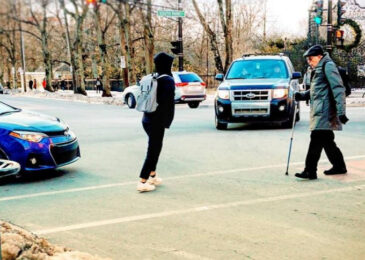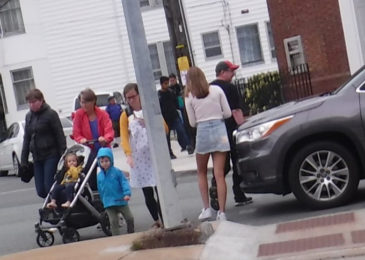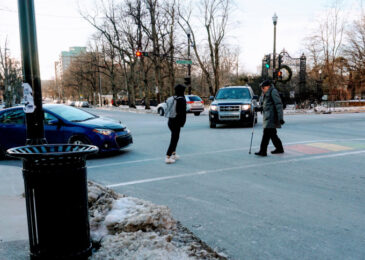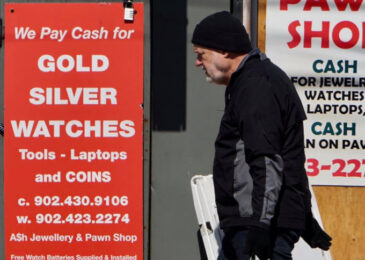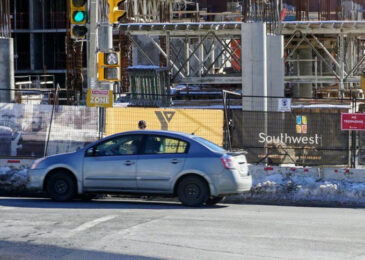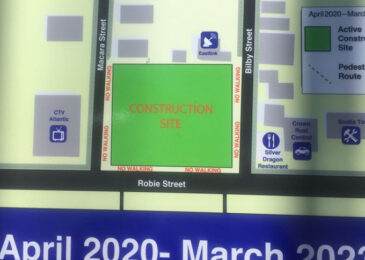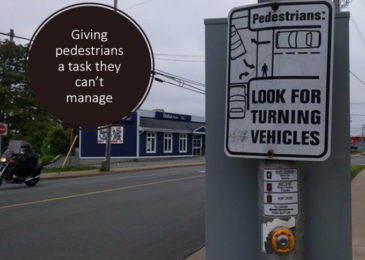Autumn remains as deadly as ever for Halifax pedestrians and cyclists
With eight incidents involving pedestrians between October 19 and 27 Halifax isn’t getting safer, no matter what councillors tell us. The city’s approach needs an overhaul, involving genuine participation by the community and clearly identifying and prioritizing those most prejudiced by unsafe conditions – children, the disabled, people of colour, seniors and residents in areas of affordable housing, often next to arterial roads, writes Martyn Williams.

